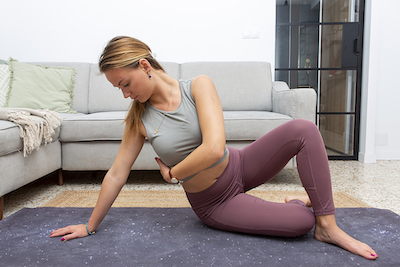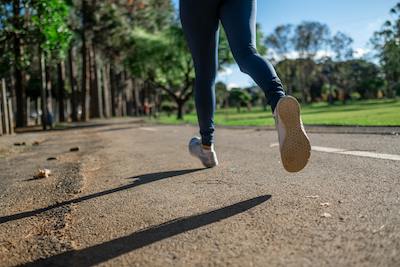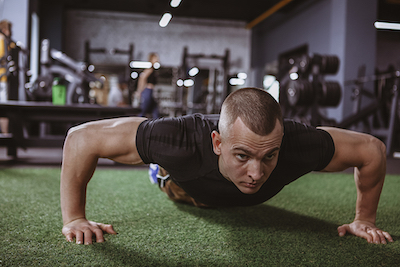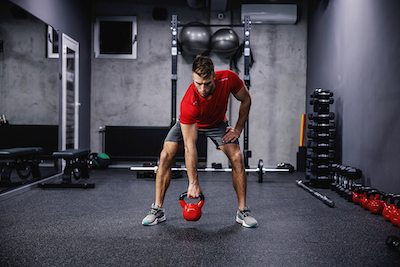Yoga and Pilates have both gained immense popularity over the years as effective and transformative fitness practices. Each discipline offers unique benefits, and choosing the right one for your needs can be challenging. In this article, we will provide a comprehensive comparison of yoga and Pilates, exploring their origins, principles, benefits, and how they can be practiced together to complement your fitness routine.
I. The Origins
A. Yoga
Yoga is an ancient practice that originated in India around 5,000 years ago. Rooted in spiritual and philosophical traditions, yoga encompasses a wide variety of techniques, including physical postures, breath control, meditation, and ethical disciplines. With numerous branches and styles, yoga aims to unify the mind, body, and spirit, promoting physical health and mental well-being.
B. Pilates
Pilates, on the other hand, is a relatively modern practice created in the early 20th century by Joseph Pilates, a German physical trainer. He developed the method as a form of physical rehabilitation for injured soldiers during World War I. Pilates later evolved into a comprehensive exercise system, focusing on core strength, flexibility, balance, and muscle control. Today, Pilates is practiced by millions worldwide for its physical and mental benefits.
II. The Principles
A. Yoga
Yoga is based on the principle of uniting the mind, body, and spirit through various techniques. It is a holistic practice that aims to enhance physical health, mental clarity, and spiritual growth. The primary components of yoga include:
- Asanas (postures) – Physical exercises designed to increase flexibility, strength, and balance.
- Pranayama (breathing techniques) – Methods to control and regulate the breath for increased energy and focus.
- Meditation – Techniques to quiet the mind and cultivate mindfulness, concentration, and self-awareness.
- Ethical disciplines – Moral guidelines that promote personal growth and social responsibility, such as non-violence, truthfulness, and self-discipline.
B. Pilates
Pilates is grounded in the principle of developing the body uniformly through controlled movements and focused breathing. It is centered on six core principles:
- Centering – Focusing on the core muscles as the center of all movement.
- Concentration – Cultivating mental focus during each exercise.
- Control – Maintaining precise muscle control throughout the movements.
- Precision – Performing each exercise with proper form and alignment.
- Breath – Coordinating breathing patterns with the exercises to promote circulation and mental focus.
- Flow – Connecting the exercises smoothly and efficiently for fluid, graceful movements.
III. The Benefits
A. Yoga
Practicing yoga regularly can lead to numerous physical and mental benefits, including:
- Improved flexibility, strength, and balance.
- Reduced stress and anxiety through relaxation and mindfulness techniques.
- Enhanced respiratory function and increased lung capacity.
- Improved concentration, memory, and cognitive function.
- Better sleep quality and reduced insomnia.
- Increased self-awareness, emotional resilience, and inner peace.
B. Pilates
Pilates offers a wide range of benefits for practitioners, such as:
- Improved core strength, muscle tone, and posture.
- Increased flexibility, balance, and coordination.
- Enhanced mind-body connection and body awareness.
- Injury prevention and rehabilitation through targeted exercises.
- Improved athletic performance and functional fitness.
- Reduced stress and tension through focused breathing techniques.
IV. Which Is Right For You?
A. Yoga
Yoga might be the right choice if you are looking for a holistic practice that addresses the physical, mental, and spiritual aspects of well-being. It is particularly suitable for individuals seeking stress reduction, mindfulness, and a deeper connection to their inner self. Yoga can be adapted to various fitness levels and personal preferences, with styles ranging from gentle and restorative to vigorous and challenging. If you are interested in exploring the philosophical and spiritual dimensions of fitness, yoga is an excellent choice.
B. Pilates
Pilates may be the better option if you are primarily focused on building core strength, improving posture, and enhancing physical performance. It is an ideal choice for individuals seeking a structured workout that emphasizes muscle control, precision, and body awareness. Pilates can be especially beneficial for those recovering from injuries, as it can be modified to accommodate specific needs and limitations. If you are looking to develop a strong foundation for functional fitness and athletic performance, Pilates is the way to go.
V. Combining Yoga and Pilates
While yoga and Pilates are distinct disciplines, they can be practiced together to create a well-rounded fitness routine that addresses various aspects of physical and mental well-being. Some individuals choose to alternate between yoga and Pilates classes, while others may participate in fusion classes that combine elements of both practices.
By incorporating both yoga and Pilates into your fitness regimen, you can enjoy the unique benefits of each discipline, such as:
- Greater flexibility and strength through the combination of yoga’s stretching and Pilates’ muscle toning exercises.
- Improved balance and coordination from practicing both disciplines’ postures and movements.
- Enhanced mind-body connection and body awareness through the integration of yoga’s mindfulness techniques and Pilates’ focus on precision and control.
- Reduced stress and improved mental well-being by combining yoga’s meditative practices with Pilates’ focused breathing techniques.
- Increased variety and motivation in your fitness routine by incorporating different styles, exercises, and approaches.
Both yoga and Pilates offer numerous benefits for physical and mental well-being, but they differ in their origins, principles, and primary focuses. Yoga is a holistic practice that emphasizes the union of mind, body, and spirit, while Pilates is a structured exercise system that concentrates on core strength, muscle control, and body awareness.
Ultimately, the choice between yoga and Pilates depends on your individual goals, preferences, and needs. You may find one practice more appealing, or you may decide to incorporate both into your fitness routine for a balanced and comprehensive approach to wellness. By understanding the unique characteristics and benefits of each discipline, you can make an informed decision and enjoy a fulfilling and transformative fitness journey.














